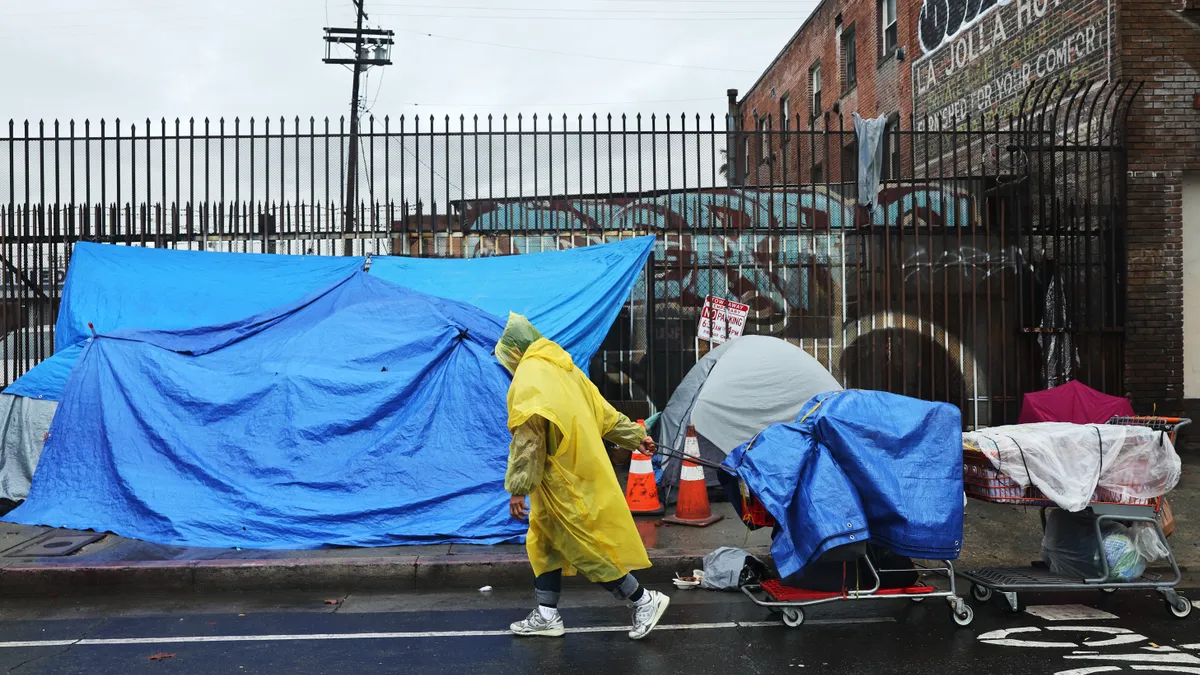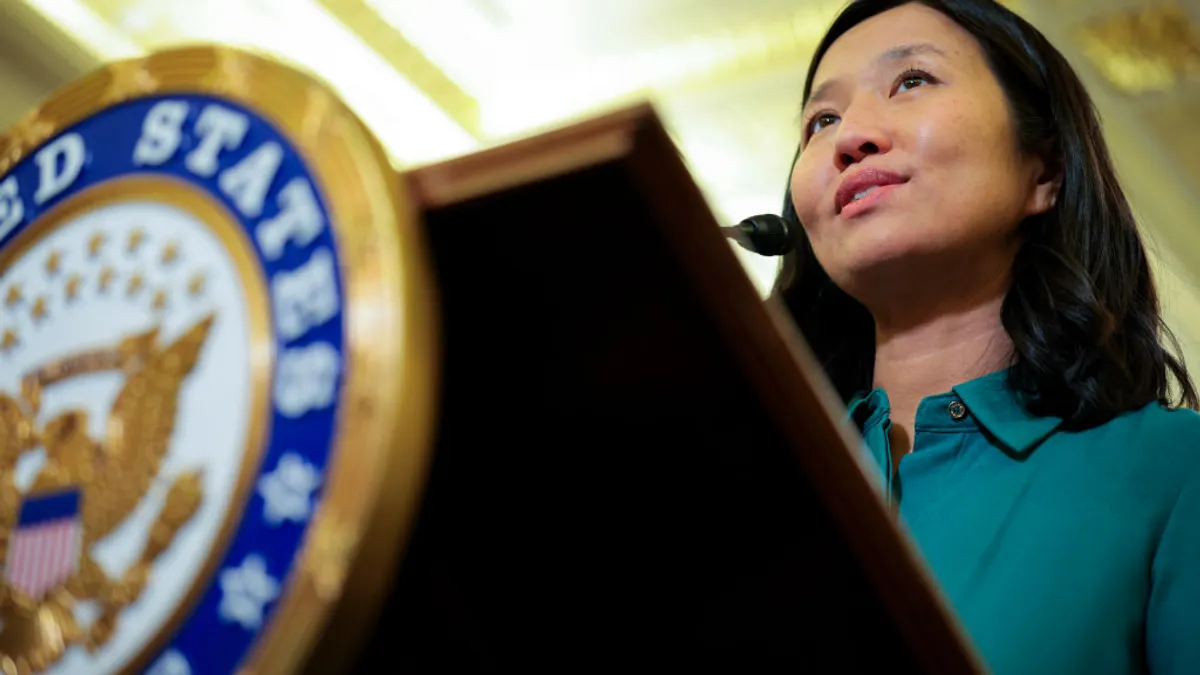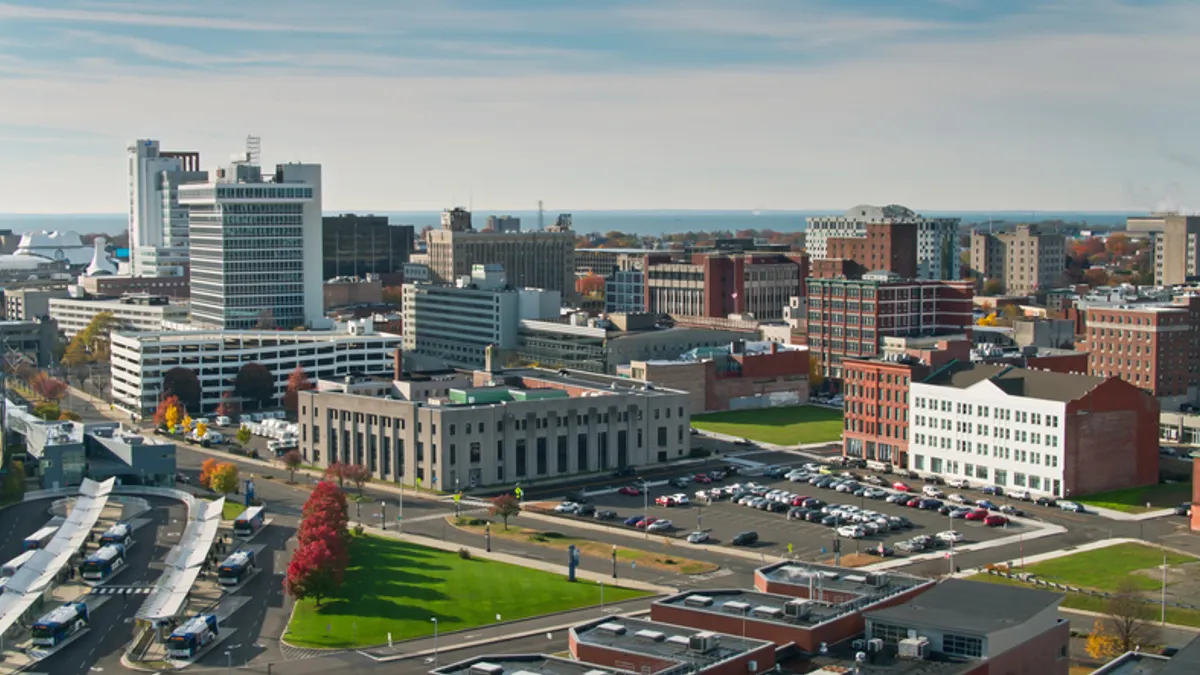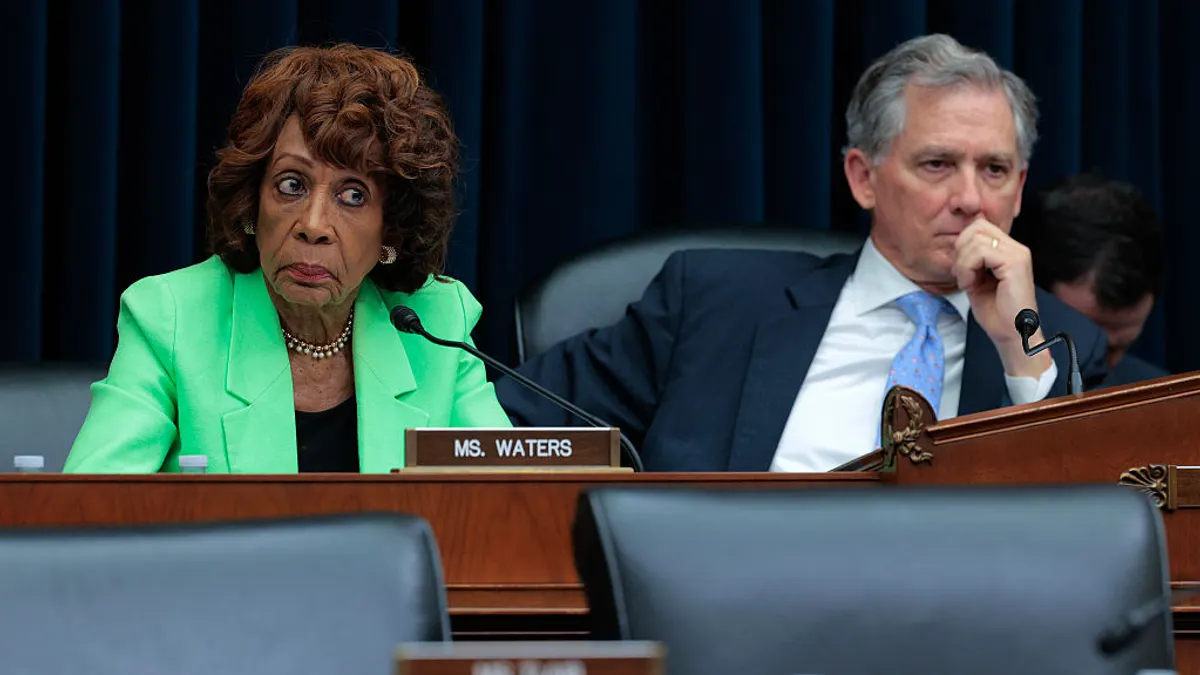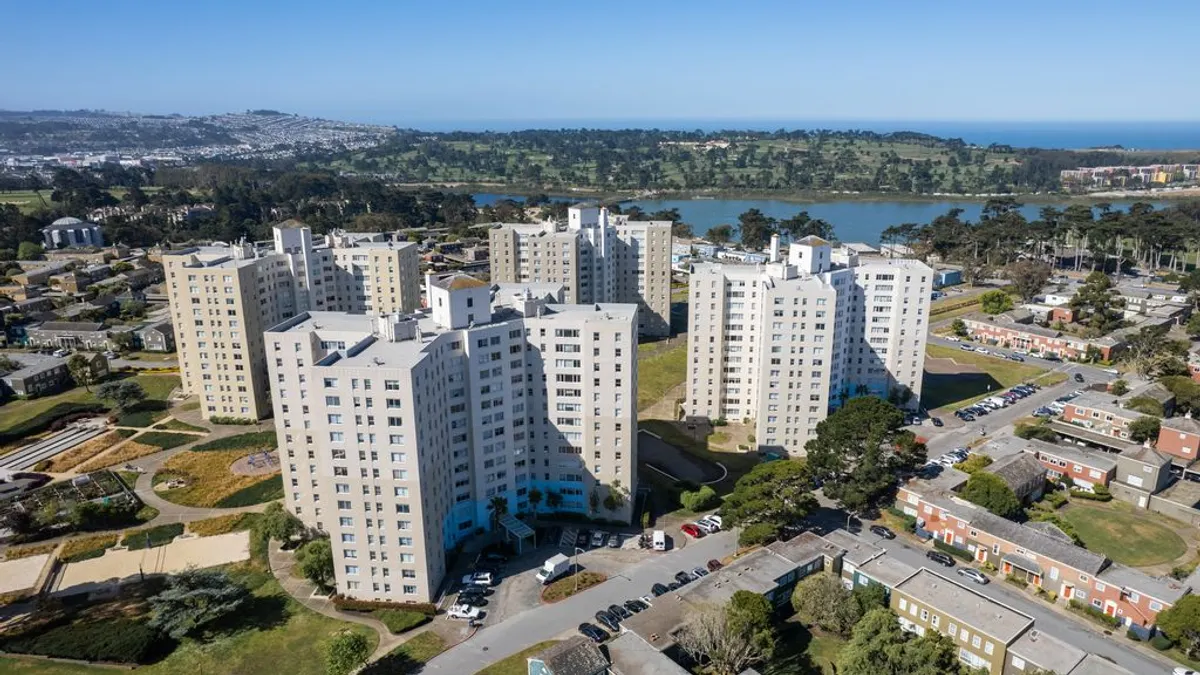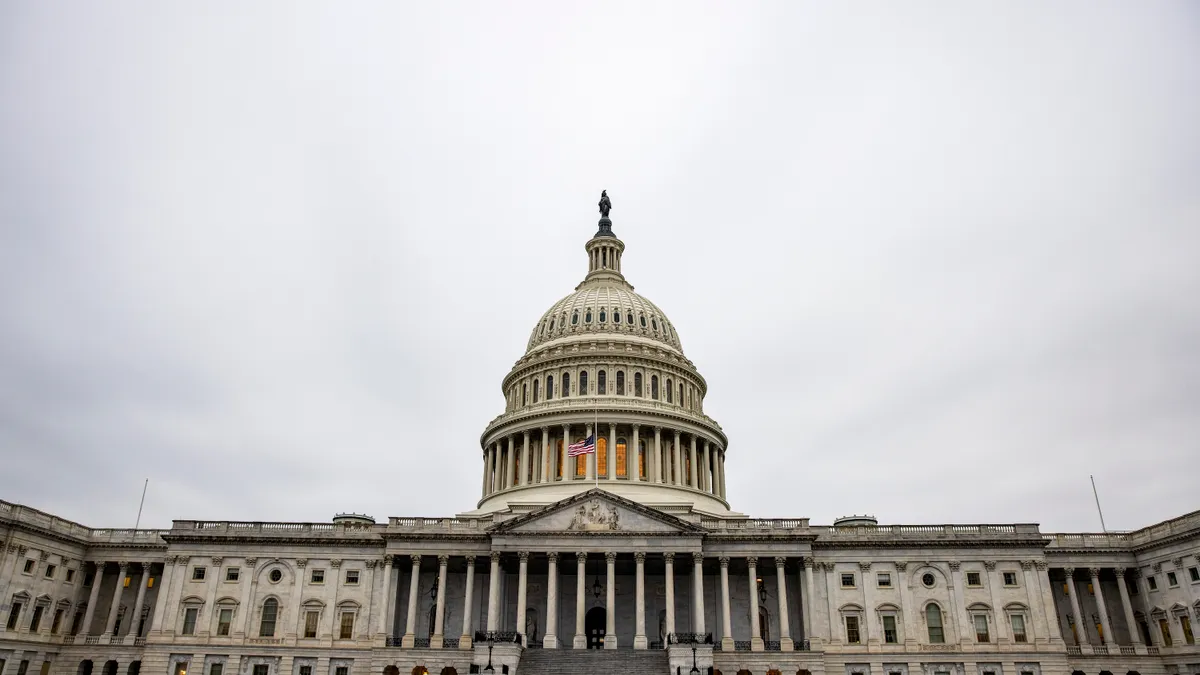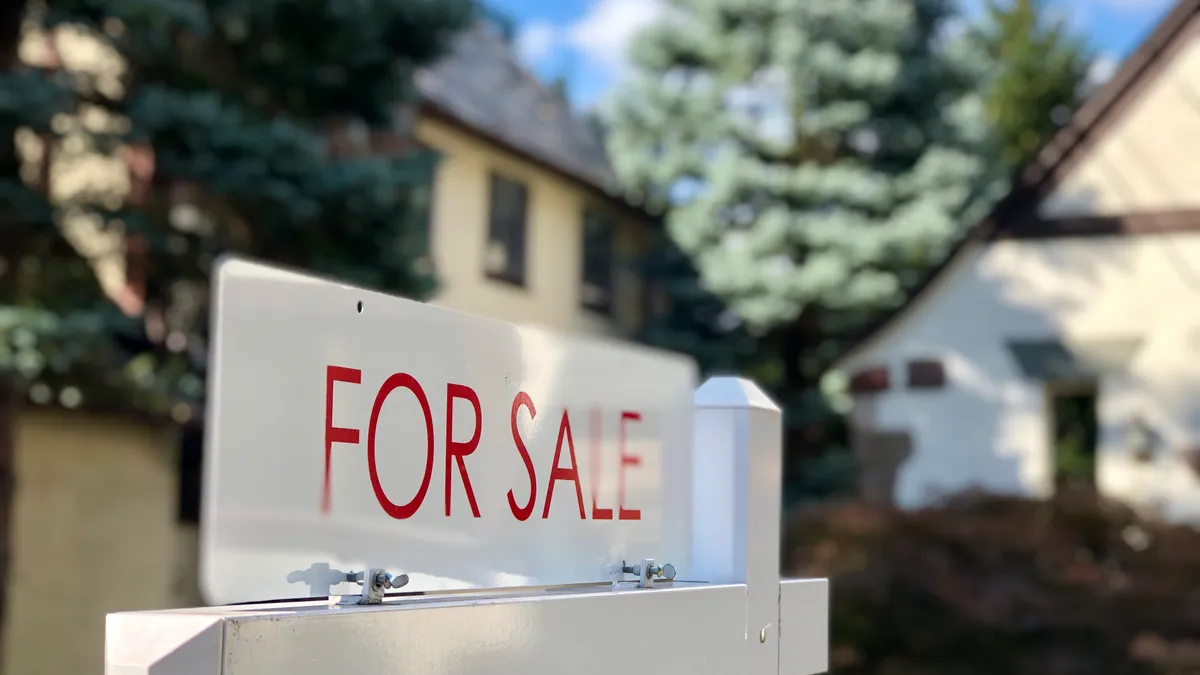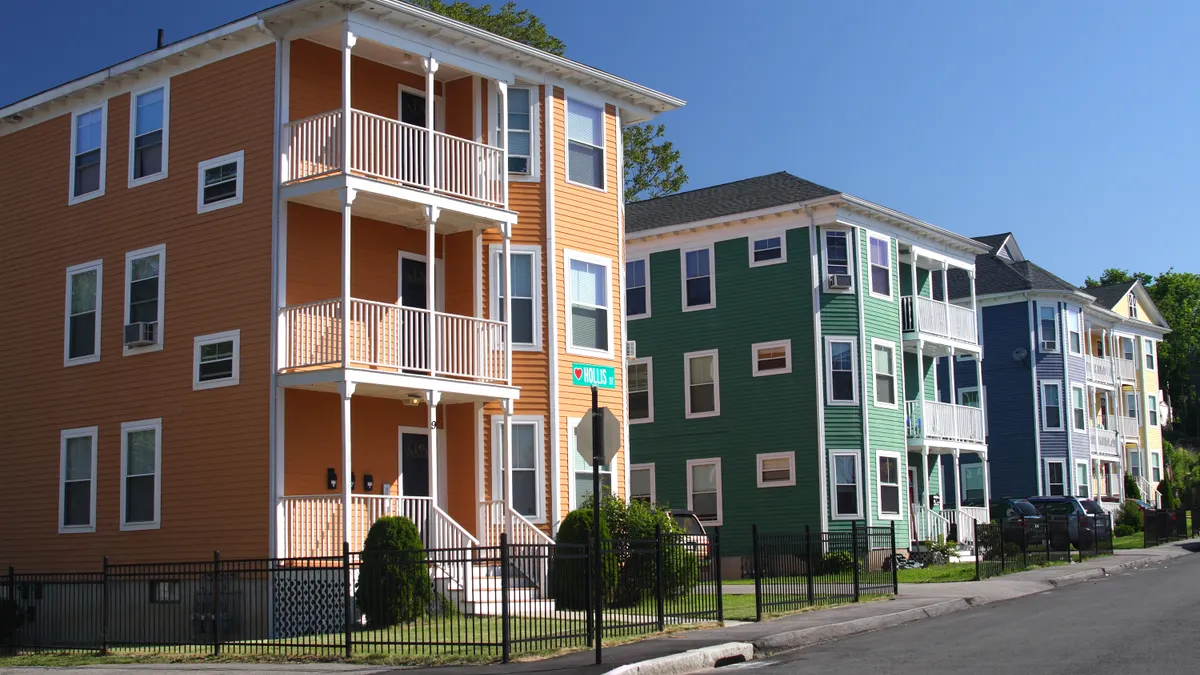Could local governments prevent homelessness before it happens by pinpointing which residents are on the brink of losing stable housing? Los Angeles County and a group of researchers are teaming up to test that possibility.
Last week, the California Policy Lab at the University of California, Los Angeles, released a report detailing an artificial intelligence-driven model its researchers developed to help LA County predict which residents are on the verge of homelessness. According to a press release from the California Policy Lab, the partnership marks the first time this approach has been taken in the U.S.
Most local programs to prevent homelessness have scarce resources and rely on residents identifying themselves as at risk of losing stable housing and seeking help, according to the report. The researchers hoped that if they could use predictive models to identify the most at-risk people, LA County would be better equipped to target limited resources toward those who most need them.
The predictive model relies on a slew of historical data from LA County, including records on physical and mental health, social service benefits, arrests, probation and homelessness services for millions of individuals, dating back to 2010. Learning from that data, the model spits out a “risk score” for individuals that represents the probability of homelessness in the next 18 months.
Throughout the year, the California Policy Lab sends LA County anonymized lists of high-risk individuals, ranked from highest to lowest risk. The county uses the anonymized records to determine the names, addresses and contact information of the people on the list.
That contact information is then used by the Homelessness Prevention Unit, a team established in 2020 and housed in the LA County Department of Health Services. Armed with county funding and $26 million from the American Rescue Plan Act, the HPU offers flexible cash assistance and case management to people on the verge of homelessness, in the hopes of stabilizing their situation.
The HPU screens the list of high-risk individuals to ensure they are still eligible for its services and randomly selects half to reach out to, asking them to enroll in HPU’s programs.
“We send letters. We make three phone calls over three weeks to our prospective clients for every phone number that we've been able to gather for them,” said Dana Vanderford, associate director of homelessness prevention for the LA County Department of Health Services on a webinar last week. The team also sends emails to every email address for an individual.
That outreach can feel “very out of the blue” for people who don’t necessarily know they may be at risk of experiencing homelessness, and they may be skeptical about responding, Vanderford said. Between May 2022 and October 2023, only about 20% of the more than 2,000 people HPU tried to reach enrolled, largely because the HPU couldn’t get in touch with many folks, she said.
Persistence is key, Vanderford said. “We get plenty of clients who we've called once, we've called a second time, and then the third time, they answer and they'll say, ‘I got your messages. I was going to call you back, but I just hadn't gotten around to it,’” she said.
A big question is whether the model is accurately predicting people at high risk of experiencing homelessness. In their report, the researchers say it is. That’s because people on the high-risk list experience homelessness at a rate nearly 3.5 times higher than the overall “eligible population” that was analyzed. The researchers define the eligible population as those who recently received certain county health services and who are observed as stably housed in county administrative data.
The researchers also tested to see if the model equitably identifies high-risk individuals across racial groups. “We want to make sure it's not leaving people out or leaving them out of the opportunity to enroll in HPU at different rates,” California Policy Lab Executive Director Janey Rountree said on the webinar, especially given that discrimination across systems can drive Black people into experiencing homelessness.
The researchers concluded in their recent report that the model does perform equitably in this sense; it is actually slightly better at predicting Black people who are at risk of homelessness compared with people of other races.
However, the researchers are still evaluating how effective the HPU itself is at preventing homelessness. They foresee having a more complete answer to that question in 2027, once enough participants have completed the program.



